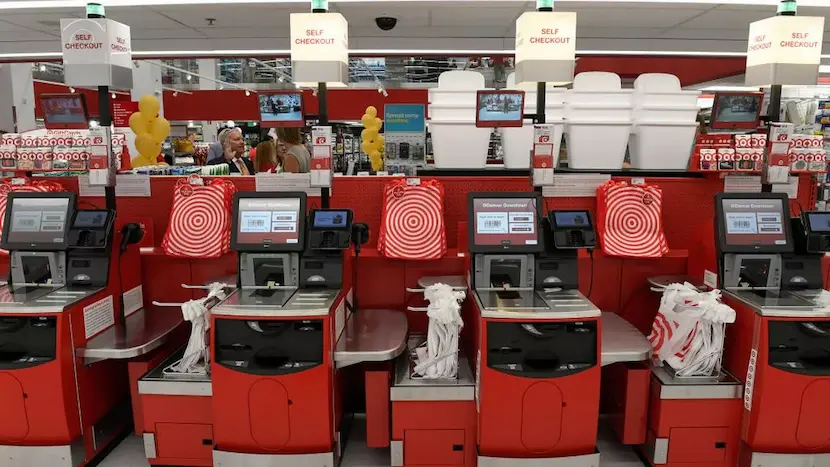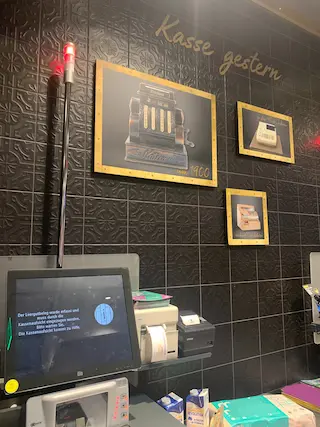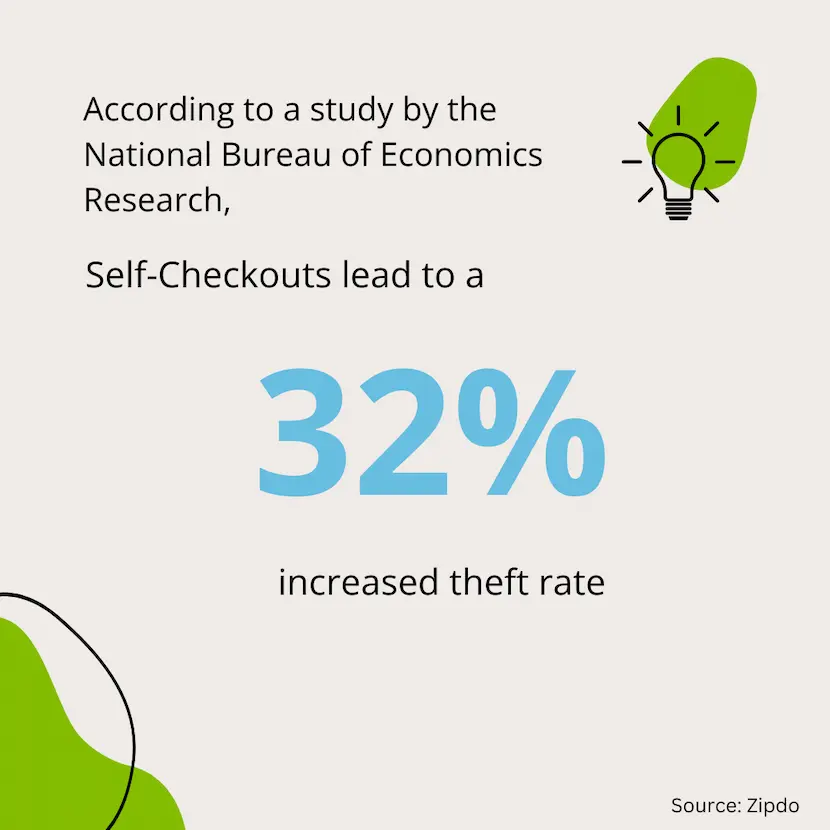
Self-checkout systems have been a staple in retail environments since their surge in popularity in the early 2000s¹. Promising a streamlined checkout process and enhanced customer satisfaction, these terminals were hailed as a revolutionary solution to long queues and limited staff availability. But are they really living up to the hype? In this blog post, we delve into the reality behind self-checkout systems and explore whether they are indeed revolutionary or a thing of the past.
What They Promise
Self-checkout systems offer the allure of efficiency and convenience. Customers can scan and pay for their items independently, reducing waiting times and alleviating congestion at traditional checkout lanes. It sounds like a win-win situation for both, customers and retailers, doesn't it?
What They Deliver
The implementation of self-checkout systems has presented a myriad of challenges for both retailers and customers alike.
Self-Checkout Systems for Retailers
The notion that self-checkout systems save on labor costs is a compelling selling point for retailers. Yet, the reality is far more complex. These systems require constant supervision, with staff members often needed to assist customers with technical glitches and errors.
Moreover, concerns about theft, exacerbated by the pandemic and inflation, have underscored the limitations of self-checkout systems in preventing shrinkage.
Inflation leaves its marks on everyone, and this can be seen in customer behavior. As most self-checkout zones are usually equipped with one staff member that is not always able to oversee multiple terminals at once, shoppers have seen new opportunities to trick the system and skip a scan or two.
Now some might say that the biggest theft prevention system is the integrated scale. However, there are two problems when it comes to the scale in a self-checkout system and shrinkage.
One being the fact that customers can just skip the scan and put items into their bag without putting them on the scale altogether, so the system cannot prevent a fraud it did not register.
The other being the fact that many stores have turned off the scale function, as it has caused too many notifications that require employees to assist and leaves waiting customers frustrated.
As a result, we have seen retailers spend even more money to equip each terminal with cameras as an additional theft prevention method.

For customers, the allure of self-checkout often fades in the face of technical issues and prolonged wait times for assistance. The frustration of encountering error messages and the uncertainty of whether help will be readily available diminishes the promised convenience of these systems.
We have all been there.
You get off after a long day at work, you run to the grocery store to grab a few items and get home fast so you can eat dinner.
You get to the checkout zone and see long lines - but wait! There is the self-checkout zone that seems less busy.
So you hustle over there to scan your few items yourself and then you see the message on the screen: ‘Help is on the way!’
Frustration arises. You don’t even know what you supposedly did wrong this time.
You look around, desperately hoping to see an employee that has caught your attention.
If you’re lucky, you will get a friendly staff member assisting you right away. Sadly, that is not always the case.
Let us leave it at that.
How It’s Going
The media is buzzing about the end of the self-checkout era. Articles reach from titles such as ‘Self-Checkout Is a Failed Experiment‘ to ‘ Nearly a third of Gen-Zers steal from self-checkout aisles, survey shows‘. Years of implementing different types of systems throughout various stores and countries has shown, that while they may have initially intended to be great assistants in supermarkets, reality has turned out differently.
Surveys that have been conducted to measure the shrinkage in stores with self-checkouts show some hard truths. Data shows shrinkage rates increasing from 0.3% at regular checkout lanes to 6.7% at self-checkouts kiosks².
A study conducted by the National Bureau of Economics Research even showed that self-checkouts increased the theft rate up to a whopping 32%³.

In addition to that, waiting lines at the checkout are also not reduced. Customers still have to stand in line and wait for staff to provide them with technical assistance or approve required processes, according to information by the BBC⁴.
These are reasons why retailers in the US are deciding one by one to hit the rewind button on the rollout of self-checkouts. But where does that leave them regarding technological systems that are supposed to improve their customers’ experience, as well as reduce labor cost and increase employee productivity in other areas?
Now What?
As we contemplate the future of checkout experiences in retail, it's evident that self-checkout systems, while once hailed as the epitome of convenience, are facing substantial challenges. Retailers are grappling with the operational complexities and increased shrinkage rates associated with these systems, while customers often find themselves frustrated by technical glitches and inadequate support.
So, what's the bottom line?
While self-checkout systems might have seemed like the inevitable future of retail, it's becoming increasingly clear that they are not the panacea they were once thought to be. As technology continues to advance and consumer preferences evolve, it's imperative for retailers to reassess their checkout strategies and investments in advanced technologies.
This could mean a renewed focus on traditional manned checkout lanes, investing in more reliable and user-friendly self-checkout technologies, or exploring entirely new approaches to the checkout process altogether. Whatever the solution, one thing is certain: the checkout experience of tomorrow must prioritize both efficiency and customer satisfaction, redefining convenience in the ever-changing landscape of retail.
¹https://dixonobjectanalysis.weebly.com/#:~:text=The%20first%20self%2Dcheckout%20machines,prominence%20in%20the%20early%202000's
²https://www.businessinsider.com/self-checkout-theft-is-a-bigger-problem-than-retailers-thought-2023-12
³https://zipdo.co/statistics/self-checkout-theft/
⁴https://www.computerbild.de/artikel/cb-News-Internet-Selbstbedienungskassen-Abbau-von-Self-Checkout-Systemen-37920525.html